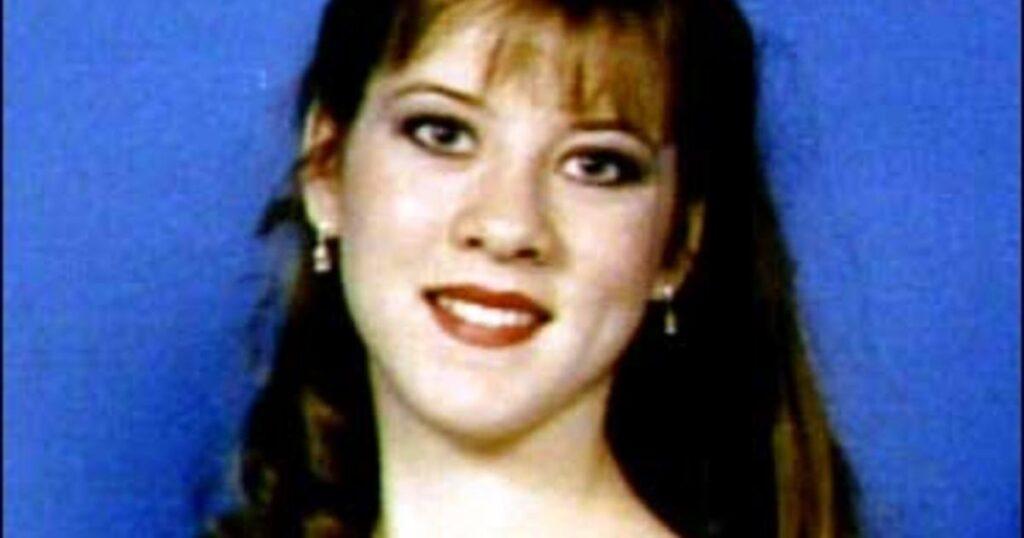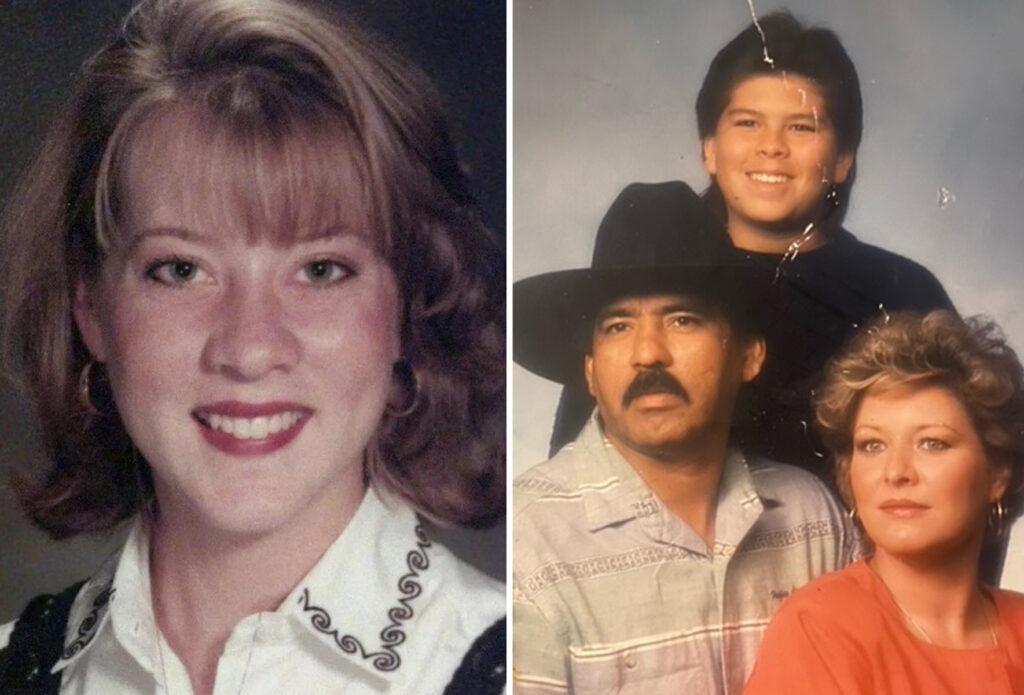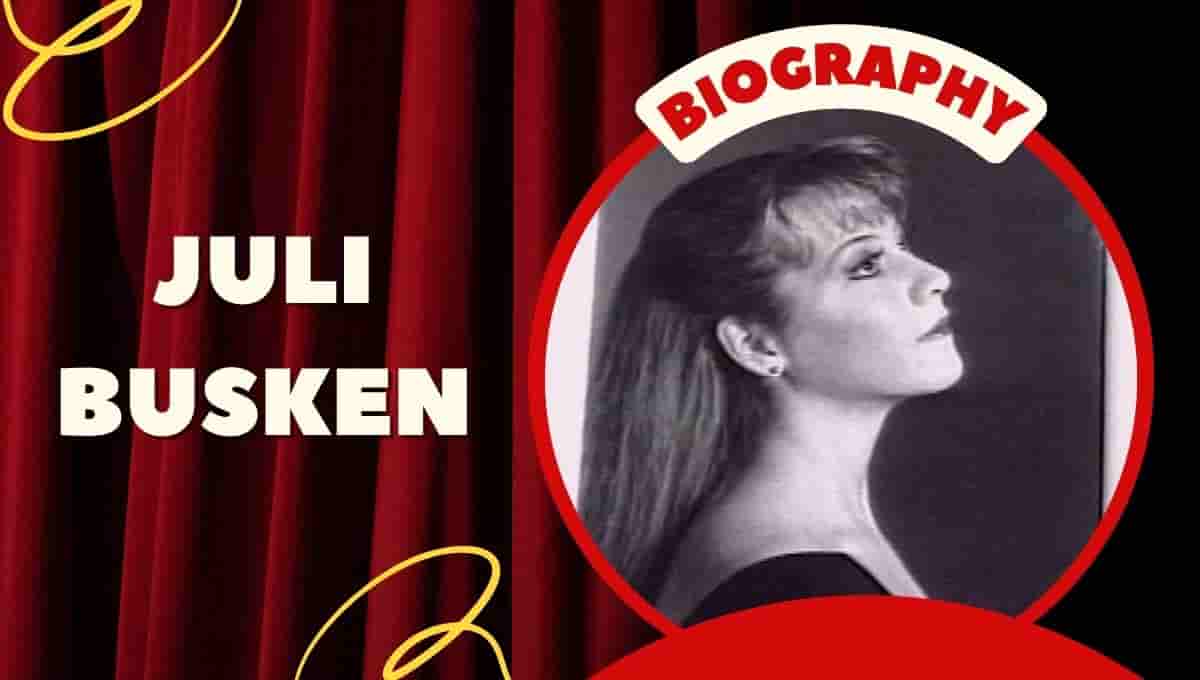Juli Busken Wikipedia, Wiki, Obituary, Parents, Wiki, Grave, Apartment
Juli Busken Wikipedia, Wiki, Obituary, Parents, Wiki, Grave, Apartment – The execution of Anthony Sanchez on Thursday for the 1996 rape and murder of a University of Oklahoma dance student, Juli Busken, has sparked significant controversy. This case raises questions about the criminal justice system, DNA evidence, and the ultimate punishment of the death penalty. Sanchez consistently maintained his innocence even as he faced his final moments on death row. In this article, we will explore the details of this case, the controversy surrounding it, and the broader issues it highlights in the criminal justice system.

The Crime and Conviction
In December 1996, tragedy struck when 21-year-old Juli Busken, a talented ballerina from Benton, Arkansas, was abducted from the parking lot of her Norman apartment complex. Her body was later discovered near Lake Stanley Draper in southeastern Oklahoma City. She had been bound, raped, and shot in the head. This heinous crime shocked the community and led to a long and exhaustive investigation.
Anthony Sanchez entered the picture when he was convicted of burglary unrelated to Busken’s murder while serving time for that offense. It was during this period that his DNA was linked to the crimes committed against Busken. In 2006, Sanchez was convicted of her rape and murder based on this DNA evidence.
Sanchez’s Claims of Innocence
One of the most compelling aspects of this case is Sanchez’s consistent claim of innocence. Even as he was strapped to a gurney inside the death chamber, he maintained his innocence, proclaiming, “I’m innocent. I didn’t kill nobody.” Throughout his years on death row, Sanchez consistently argued that the DNA evidence used to convict him was “fabricated.”
Earlier this year, in an interview with The Associated Press, Sanchez questioned the legitimacy of the DNA evidence, stating, “That is false DNA. That is not my DNA. I’ve been saying that since day one.” These assertions have added complexity and controversy to his case.
Controversy Surrounding the DNA Evidence
The controversy surrounding this case primarily centers on the DNA evidence used to convict Anthony Sanchez. DNA evidence has often been seen as a reliable tool in solving crimes and securing convictions. However, Sanchez’s claims that the DNA evidence was fabricated raise serious concerns.
Sanchez argued that the DNA sample presented at trial did not match his DNA. He consistently claimed that the DNA used against him was not his own, casting doubt on the entire foundation of the case against him. The question of whether the DNA evidence was indeed flawed or manipulated raises significant doubts about the justice of his conviction.

Legal Challenges and the U.S. Supreme Court
Despite his claims of innocence and doubts about the DNA evidence, Anthony Sanchez’s execution proceeded. His new lawyer, Eric Allen, submitted a request for a stay of execution, arguing that he needed more time to thoroughly review the evidence. However, the U.S. Supreme Court rejected this request, allowing the execution to proceed.
This decision by the U.S. Supreme Court further highlights the legal challenges and complexities surrounding death penalty cases. The Court’s refusal to delay the execution despite the serious concerns raised by Sanchez’s legal team underscores the finality and irrevocable nature of the death penalty.
The Victim: Juli Busken
It is essential to remember that at the center of this case is the tragic loss of Juli Busken. She was a talented ballerina who had just completed her final semester at the University of Oklahoma. Her life was abruptly and violently taken from her on that fateful night in 1996. In her memory, the University of Oklahoma established a dance scholarship in her name at the College of Fine Arts.
Oklahoma Attorney General Gentner Drummond remarked, “Justice was served today for Juli Busken nearly 27 years after her life tragically was taken.” While her loved ones did not attend the execution, Drummond emphasized that they have found some measure of peace in the decades since her brutal murder. This case serves as a stark reminder of the enduring pain and loss experienced by victims’ families.
Reinstatement of the Death Penalty in Oklahoma
Anthony Sanchez’s execution marked the 10th since the state of Oklahoma resumed carrying out the death penalty in 2021. This resumption followed a six-year moratorium sparked by concerns about the state’s execution methods. The fact that this case is part of the renewed wave of executions in the state adds to its significance and the broader debate about the death penalty in America.
The Debate on the Death Penalty
The execution of Anthony Sanchez in Oklahoma brings to the forefront the ongoing debate surrounding the death penalty in the United States. The death penalty has been a subject of contention for decades, with arguments both for and against its use.
Arguments in favor of the death penalty often revolve around the idea of retribution and deterrence. Proponents believe that it serves as a just punishment for the most heinous crimes and may discourage potential offenders. However, opponents of the death penalty raise several compelling arguments.

One major concern is the possibility of executing innocent individuals, as exemplified by cases like Anthony Sanchez’s. The irreversible nature of the death penalty means that any miscarriage of justice cannot be rectified. Additionally, the racial and socioeconomic disparities in death penalty sentencing have raised questions about its fairness and equity.
Furthermore, some argue that the death penalty fails to provide true closure for victims’ families and may prolong their suffering through lengthy legal processes and appeals.
Conclusion
The execution of Anthony Sanchez for the 1996 rape and murder of Juli Busken is a case that has brought to the forefront the complexities and controversies surrounding the death penalty in America. Sanchez’s consistent claims of innocence and doubts about the DNA evidence used against him highlight the potential risks of executing the wrong person.
While this case has concluded with Sanchez’s execution, it should serve as a catalyst for continued debate and examination of the death penalty in the United States. The questions raised about the reliability of DNA evidence, the role of the U.S. Supreme Court, and the broader issues surrounding the death penalty require careful consideration as society grapples with the complexities of justice and punishment.
Who was Anthony Sanchez, and what was he executed for?
Anthony Sanchez was a death row inmate executed for the 1996 rape and murder of Juli Busken, a University of Oklahoma dance student.
What were the key elements of Sanchez’s defense?
Sanchez consistently maintained his innocence and claimed that the DNA evidence used to convict him was fabricated.
Why was there controversy surrounding the DNA evidence in this case?
Sanchez argued that the DNA evidence used against him did not match his own DNA, raising doubts about the reliability of the evidence.
Read More Bio








